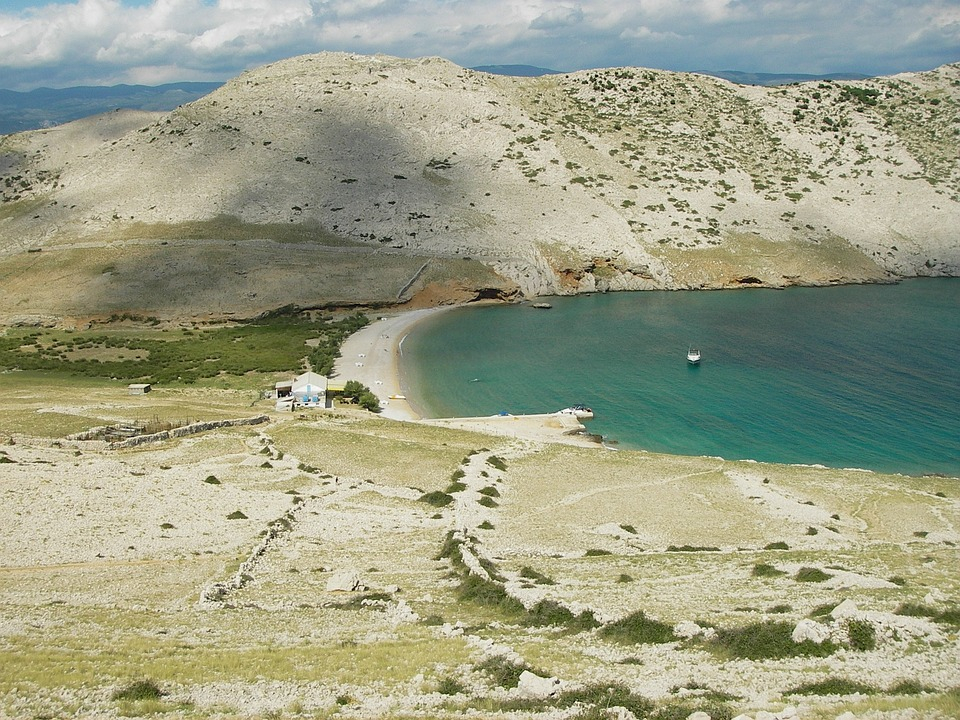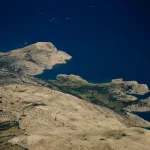As Rijeka Danas/Marin Tudor writes, back during the pandemic-dominated year of 2020, without much fanfare and completely unnoticed by local media, Chakavian became a language which was officially recognised by the main international academic organisation that deals with the classification of all languages spoken by mankind. Chakavian thus received its own special ISO language ID code: ckm
This significant (at least linguistically) historical event paves the way for Chakavian speakers to receive much greater local and national recognition, which has been totally lacking until now because Chakavian was considered to merely be yet another dialect.
American professor of linguistics from the prestigious University of California, Kirk Miller, known in the academic world as a successful field linguist responsible for the research and popularisation of the lesser-known languages spoken by mankind, thought about the need to perpetuate Chakavian as one of the languages of our world.
Seeing that nobody had remembered to classify and identify Chakavian as an official language, Miller himself decided to send a painstakingly thought out and written request on September the 2nd, 2019, for the recognition and documentation of the Chakavian language to an organisation called SIL International.
The Summer Institute of Linguistics International is the full name of an international non-profit organisation based in Dallas, Texas, whose main purpose is to study, develop and document all languages used throughout the world, with the aim of expanding linguistic knowledge, promoting literacy in all languages, and ensuring the language development of linguistic minorities.
Once a year, SIL International publishes the prestigious academic magazine Ethnologue. It is a reference publication available both in print and online that provides statistics and other information about the world’s living languages. What is actually perhaps an even more important responsibility of SIL International is to issue ISO type 639-3 codes for comprehensive coverage on behalf of the International Organisation for Standardisation (ISO, based in Geneva – of which Croatia is a member).
It is interesting to note that Professor Miller based a part of his request on the previous request of the main association of speakers of the Kajkavian language, which already managed to win the recognition of Kajkavian as an independent language back in 2014. SIL International then recognised Kajkavian as an independent language, but only in the literary form that was used in the period from the 16th to the 19th century and in some works from the 20th century.
Miller’s entire argument was already confirmed as valid by SIL International back in 2020. Owing to his efforts, the Chakavian language was given the highest possible linguistic recognition that exists: it was recognised as a living (independent) language of its own, and not merely a dialect.
Who actually invented the word ”narjecje” – the term the Croatian language mixes up with ”dialect”?
Chakavian and Kajkavian have long been considered languages in the international world of linguistic science, and not a mere branch of the Croatian standard language, that is, the Shtokavian Croatian language as we know it. Of course, both languages are actually much older languages than the standardised version of Shtokavian (in the first few centuries, all Croatian dictionaries were actually written only in Chakavian), which continued to exist and develop even after the creation of that standard, so, they in fact cannot be dialects of that standard at all. Chakavian might even be considered an international language of sorts, because it is spoken in Croatia and in four other member states of the European Union (in Slovenia, Austria, Hungary and Slovakia).
Despite this, former Yugoslavian (and later a significant number of Croatian linguists) placed both Chakavian and Kajkavian in the category of “dialects” (narjecje) for decades.
The very term “narjecja” has always been a disputed concept when it comes to linguistics outside the vague borders of the Balkans. It’s enough to know that there is no direct translation for this word in any other language of the world, nor is there one for the concept that we encompass within that word. In international linguistics, only the terms “language”, “dialect” and “sub-dialect” are known. That is why Croatian and ex Yugoslavian linguists were forced to invent a rough English translation for the word themselves – “supradialect” (i.e. super-dialect) – in the desire to explain to the whole world the local concept of something that has all the linguistic, social and historical characteristics of a language, but we for some reason or another have the need to consider less than a language.
As is often the case, this approach is the product of the fact that in Croatia, political circumstances heavily directed science, and it wasn’t that science gave the main direction to politics: the Croatian people fought frantically for their place under the sun for almost a century and a half. Being recognised by the world as an independent national community required enormous effort, dogged determination and deep desire of more than six generations of Croats. That meant that entire generations of Chakavian and Kajkavian intellectuals and scientists preferred to neglect their mother tongue and native culture in favour of the greater good of the entire Croatian nation, of which they strongly felt a part throughout history. It was a logical and noble move at the time, but it has left its scars.
Language – the soul and heart of any culture
“If a culture were a house, then language would be the key to the front door, and to all the rooms in it,” says Khaled Hosseini, an American writer and doctor born in Afghanistan, who was also New York Times’ bestseller three times.
Language is indeed the very essence of culture, because its soul begins and ends with language. It shapes the way people think, dream, communicate with each other, build relationships and create a sense of community. It’s the main guardian of a value system, because it directly transmits a set of symbols, meanings and norms.
It is that first form of communication with the universe, those first children’s words that initiate verbal contact between people. Knowing one’s linguistic roots so well automatically enables one to more easily identify with the community around them and to keep the welfare of that community close to their hearts in the deepest sense.
Language is a technology that enhances and expands the capacities of categorisation that we share with those around us and those who came before us, and therefore plays a key role in the transmission of human culture to those who will come after us.
All of this of course also applies to that part of Croatia where Chakavian is the autochthonous language. Croatian culture will disappear when and if the languages on which it is based are lost to the hands of time. This isn’t such an incredible possibility: if we continue with today’s trends, it is quite likely that in two generations, Chakavian will more or less have the status of an extinct language. When it disappears, native Croatian culture will also disappear with it.
Unfortunately, the statesmen and strategists of Croatia’s national branding failed to use the independence of our country, nor the next three decades of freedom, to valorise the linguistic and cultural specificities of its native people. If the Republic of Croatia and its representatives believe that culture is at least somewhat important, then they will have to activate themselves and work much harder to promote the Chakavian (and Kajkavian) languages.
Chakavian’s future
This international recognition for the Chakavian speaking world is not only significant, but a truly epochal event. At the global level, the Chakavian language will be studied more seriously and more study and learning of the Chakavian language will be promoted at Slavic departments of universities outside of Croatian borders. A small boom in academic and non-academic literature on the Chakavian language is also to be expected over the next few years.
But above all, this brand new status will really open the door wide for Chakavian speakers to request official recognition of their language where it most needs to be recognised, that is, in the countries where Chakavians have lived for almost 1,500 years and maybe for even longer. It would indeed be a very sad and perversely ironic historical turning point if, after surviving all kinds of enemy invasions, legal prohibitions and changes in language fashions for at least twelve long and arduous centuries, the Chakavian language dies out precisely in the era of the first truly independent and free state of the Croatian people.
The international recognition of the Chakavian language and Croatia’s next steps will thus surely become an important cultural factor on the European path of this proud little country and Croatian civilisation itself, because in Europe, local and minority languages have been lovingly nurtured for decades, and unique languages have some very efficiently (and profitably) regional and national brands built on them, and through these, the true respect of the people towards their local communities is promoted.
All municipalities and counties in which Chakavian is the original autochthonous language are now given the opportunity to recognise Chakavian at the very highest level, as a parity language alongside the standard one, and it is now the turn of Croatia to launch some proper initiatives and political guidelines to first preserve the language, and then to help the Chakavians to standardise it all to some extent and effectively promote it at both the local and global level.
Of course, this requires a lot of work and the orchestrated multi-year work of all participants in the Chakavian speaking world, but the goal is a worthy one and one which is definitely achievable (especially with the help of all the instruments and means offered by the European Community for these purposes). If it is possible to revive languages that have completely died out in Cornwall and the Isle of Man under the constant pressure of the most heavily spoken language in the world (English), or to revive the unwritten Maori language in New Zealand, then reversing the negative trend of a language that is still fluently and daily used by hundreds of thousands of people in a modern European country can’t be that hard at all. It only requires good will, diligence and, of course, love. Things that were never missing among Chakavian speakers.
For more on the Croatian language, make sure to check out our dedicated lifestyle section.










